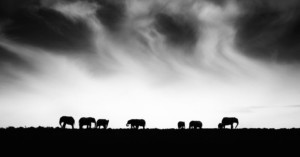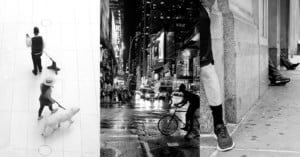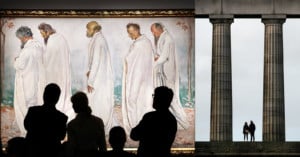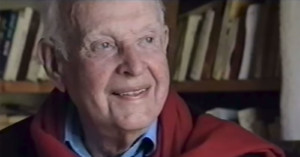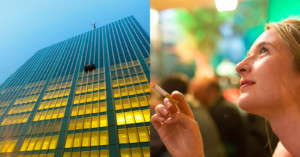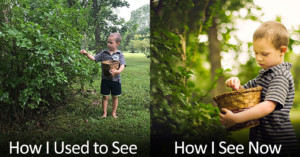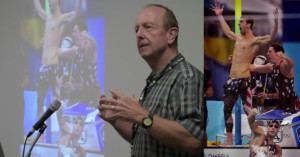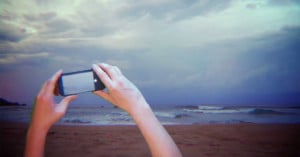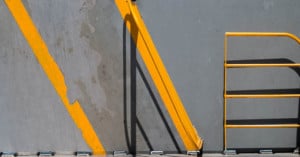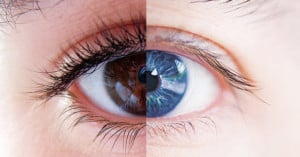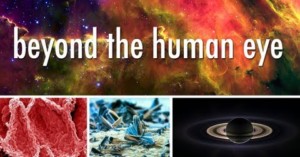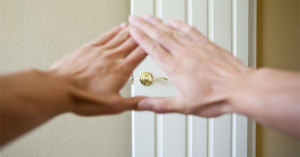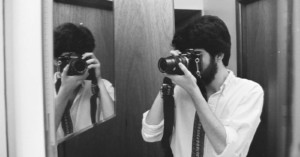
Seeing Versus Shooting as a Photographer
The photographer Dorothea Lange once famously said “A camera is a device that teaches you to see without a camera.” I always loved this quotation. Once you get good at shooting, you start to see the world like a photographer — you notice things, you notice light, you look slower, you take pictures in your mind. The camera saves them, but even without one, you see differently.
